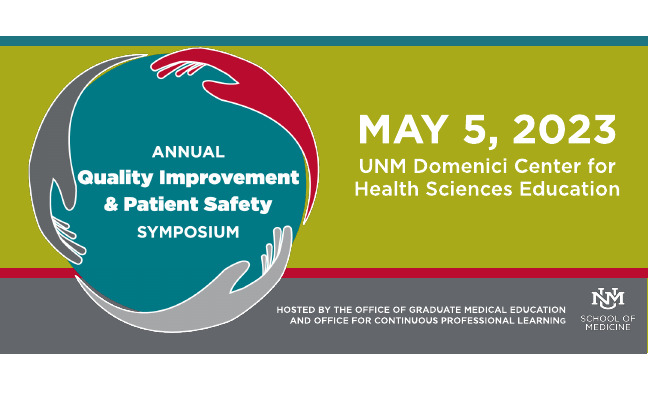Document Type
Presentation
Publication Date
3-6-2020
Abstract
Introduction:
Approximately 5% of infants born to mothers with chronic Hepatitis C Virus (HCV) will acquire an vertically-transmitted infection. Untreated HCV in children can be devastating with onset of cirrhosis, fibrosis, and hepatocellular carcinoma within the first 15-20 years of life. Current national guidelines recommend delaying testing for HCV transmission until the infant reaches 18 months of age due to maternal antibody transfer. However, it is difficult to track the perinatal risk factor for 18 months during well-child care. The purpose of this project was to improve the process of tracking this exposure by increasing the use of the Problem List and creating an automated reminder to providers at 18 months that antibody testing is due.
Materials and Methods:
A simple data request for QI was submitted to the Informatics Core to identify how many children were born at UNMH with the ICD10 diagnosis of Perinatal HCV Exposure between Jan 2016 and June 2019. This set of data was also queried for how many were tested for the virus. Next, we worked with the UNMH Clinical Applications team to create a new item in the Health Maintenance tab of PowerChart. This item "Perinatal HCV Exposure" activates when children are 18 months old, and is resolved by ordering HCV Antibody Testing. In order to populate with the item, the child must have the diagnosis in their active Problem List. As part of this effort, we also reached out to the inpatient providers who care for infants.
Results:
Initial data showed that in the 2.5 year period from Jan 2016-June 2018, 247 children were given the diagnosis of Perinatal HCV Exposure, an average of 99 children per year. In conversation with clinical providers, we suspected that relatively few (maybe as low as 50%) were being given the diagnosis in the problem list of the electronic medical record, so there could be as many as 200 children born per year with exposure. Many providers stated that they only put the diagnosis in the text fields of the History and Physical or Discharge Summary, not in the Problem List. Of the 247 with the diagnosis, only 88 (36%) had antibody testing.
Prior to implementation of the new Health Maintenance item, the medical directors of Outpatient Pediatrics, Outpatient Family Medicine, Newborn Nursery, Mother-Baby Unit, Intermediate Care Nursery, and Newborn ICU were contacted. The medical directors were provided with educational materials and fliers to hang in the provider workspaces to remind providers to put the diagnosis into the Problem List. The new Health Maintenance item went "live" on November 14th 2019. Data query to compare the pre- and post-implementation rates will take place in January 2020.
Conclusions:
Tracking infants with perinatal HCV exposure for 18 months prior to testing is a challenge, but is one that can be alleviated by intelligent utilization of the electronic medical record. By creating a Health Maintenance item for Perinatal HCV Exposure, we anticipate improved testing incidence for affected children. Work is ongoing to improve this process, which has the potential to positively benefit many children per year. Future efforts should include infants who leave the UNM system for primary care to ensure follow-up for the HCV exposure.
Recommended Citation
Nelson, Leah F.; Sherry Weitzen; and Sameul Baxley. "Timely screening of toddlers for perinatal Hepatitis C transmission." (2020). https://digitalrepository.unm.edu/hsc_qips/27


Comments
Presented at the University of New Mexico Health Science 2020 Annual Quality Improvement and Patient Safety Symposium